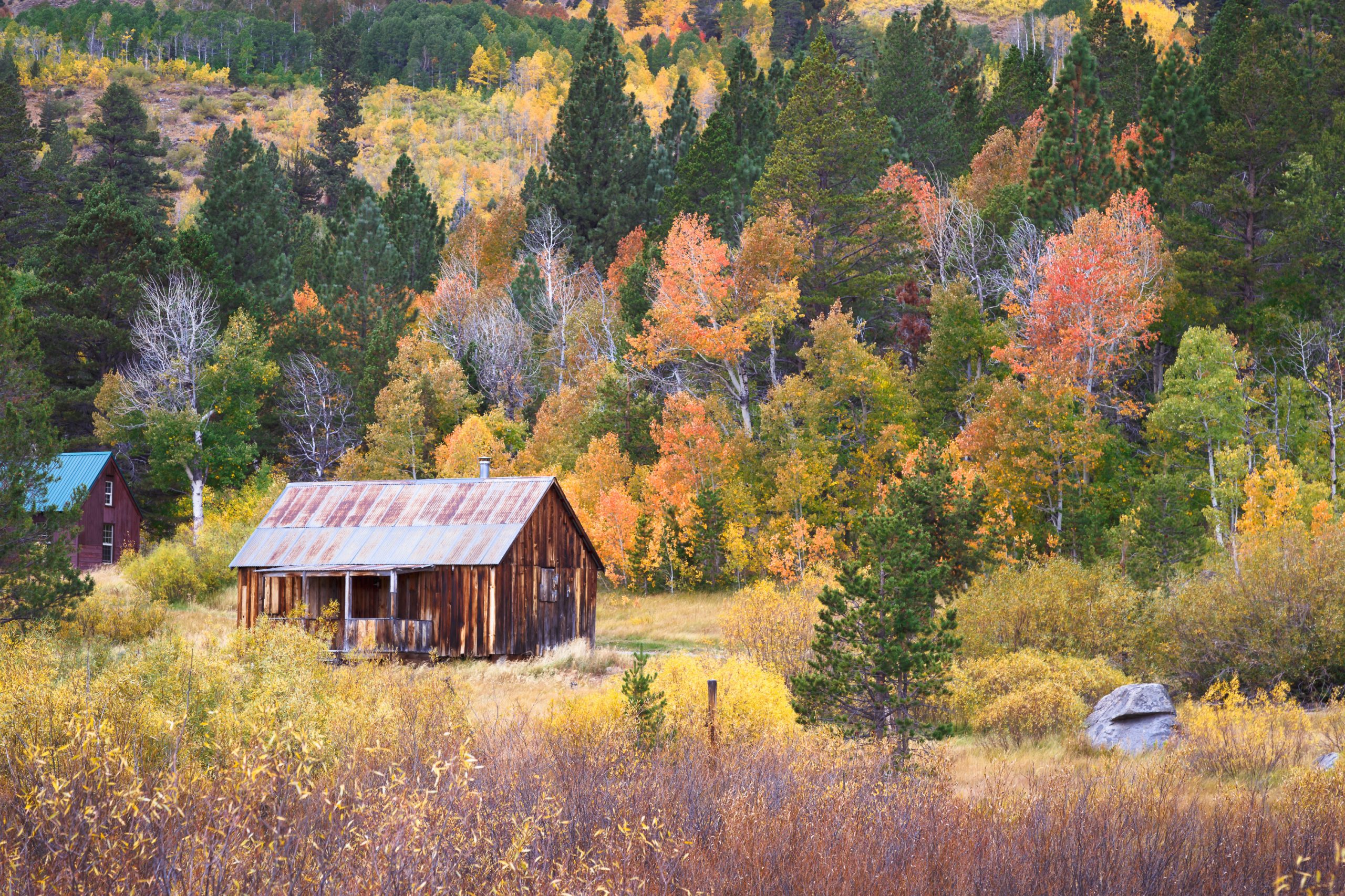Everyone loves quaking aspen trees. From the photographers who delight in the aspen’s fall displays, to deer munching on the nutritious fallen autumn leaves, to beavers using aspens as both dam building material and food, the tree seems to have something for all.
The tree gets its name because the slightest breeze causes the leaves to tremble, or quake. One group of native Americans called the quaking aspen “nut-kie-e,” which translates to noisy leaf.
During most seasons of the year, quaking aspen trees fade into the green of the forests. But come autumn, the aspen’s intense golden hues rival the sunshine. Then, all kinds of cameras are brought out to record the display.
This widespread, well known tree ranges across the U.S. from Maine to the California mountains, as well as from Minnesota to New Mexico. The rangy aspen was declared the state tree of Utah.
An aspen in Utah holds the title as the largest and one of the oldest living organisms. Aspens can grow in stands, reproducing by sending up sprouts from their roots. The Utah stand spreads over 106 acres, and consists of 40,000 individual trees, all clones, all connected by a single root system. The stand was appropriately named Pando, Latin meaning I spread.
Aspens are important to a forest in many ways. They stabilize the soil, as well as increase soil moisture, and nutrients.
Aspens don’t burn easily. Unlike conifers, with their dry needles and twigs, aspens have moist green leaves and thick twigs. Fires running through the crown of a forest can drop to the ground if they reach an aspen stand. Fires have been known to extinguish after burning into an aspen stand, and will sometimes bypass a stand that is enclosed within a coniferous forest.
Not burning easily doesn’t mean an aspen won’t. But, they are one of the first trees to spring up after a disastrous fire. The tree grows at a fast rate, adding more than 24 inches of height per year.
Unfortunately, our groves of Sierra Nevada aspens are under attack. The culprit, the tortrix moth, lays its eggs on a tree’s leaves, and the resulting larvae feed on the foliage. When infested with a large number of moths, aspen trees experience severe defoliation which weakens their overall health and vitality, making them more susceptible to drought and disease
Researchers and scientists have been monitoring the aspen groves, and are working to develop effective, safe control agents to minimize the moth’s impact on the aspens.
Studying the moth’s life cycle and behavior can lead to an understanding of which combination of strategies will best benefit the trees. The strategies might include the use of targeted insecticides, along with biological control.
Forests thrive because of diversity and interdependency. They are communities of helpful neighbors who can, at times, suppress fires, build dams, or even subdue infestations of pesky insects.
Yes, we’re all in this together.


 Facebook
Facebook
 Twitter
Twitter
 Pinterest
Pinterest
 Copy Link
Copy Link
